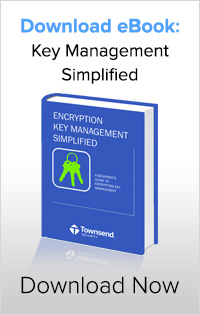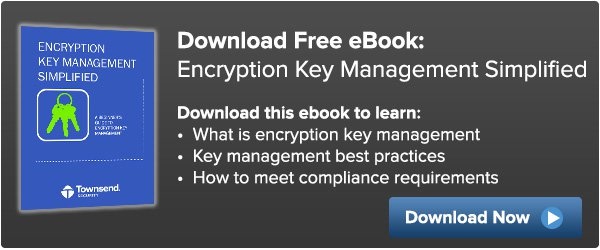If you don’t get the SANS newsletter it would be well worth your time to sign up now. It is a mix of the latest security news, available training classes from SANS, and commentary. This was the leader in the last newsletter of 2013 (emphasis mine):

The top story at the end of 2013 could just as well have been the top
story ten years ago. Federal chief information security officers
continue to "admire the problem" by paying $250/hour consultants to
write reports about vulnerabilities rather than paying them to fix the
problem. Sadly most of the federal CISOs and more than 85% of the
consultants lack sufficient technical skills to do the forensics and
security engineering to find and fix the problems. Paying the wrong
people to do the wrong job costs the U.S. taxpayer more than a billion
dollars each year in wasted spending plus all the costs of cleaning up
after the breaches. How about a 2014 New Years resolution to spend
federal cybersecurity money usefully: either by ensuring all the
sensitive data is encrypted (at rest and in transit) and/or the
organization implements the Top 4 Controls on the way to implementing
the 20 Critical Security Controls?
- Alan Paller
The news of the Target data breach was tragic for both consumers and for the company. The story would have been quite different if the credit card numbers had been encrypted. But the sad truth is that many organizations, both public and private, are still vulnerable to the loss of unencrypted credit and debit cards.
Too often the Payment Card Industry Data Security Standard (PCI-DSS) is treated like a check-box exercise, and not like an active, on-going call to arms. And too many merchants remain vulnerable to this type of loss even today.
I agree with Alan Paller - we need to step well beyond PCI DSS and other compliance regulations and take a far more active and aggressive stance on protecting sensitive data. Minimally this should include:
- Encrypt all sensitive data with industry standard encryption (e.g. 256-bit AES)
- Store encryption keys away from the data they secure
- Protect encryption keys with an Enterprise Key Management system
- Actively monitor encryption and key management systems
Encrypting sensitive data is only one thing you need to do as a part of a security strategy. But as recent events demonstrate, you don’t have a security strategy without encryption and proper key management.
Best wishes for 2014!
Patrick

